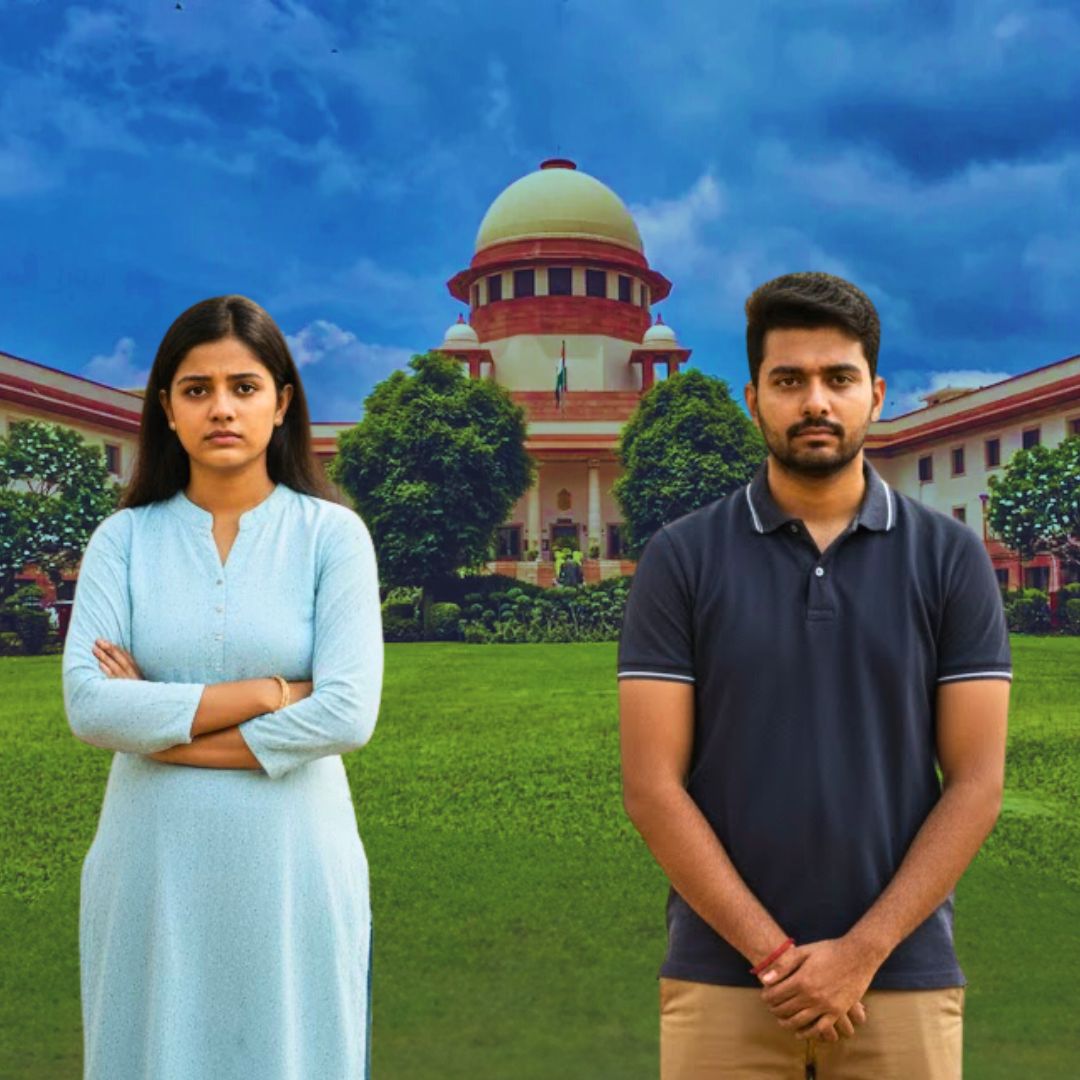The Supreme Court of India has recently issued a strong caution to High Courts and Trial Courts against dissolving marriages solely because couples live separately, labelling it as an irretrievable breakdown.
In its November 2025 ruling, the Court emphasised that judges must undertake a detailed examination of the reasons for separation and weigh the actual causes before ending a marriage.
The bench made clear that mere physical separation does not automatically signify the marriage is beyond repair.
This judgement seeks to ensure that divorce decrees are not granted lightly, highlighting the serious consequences involved and urging courts to uphold the dignity of marital law and relationships.
Judicial Prudence Over Quick Divorce
In a significant judgment delivered by a bench headed by Chief Justice Surya Kant, the Supreme Court underscored the importance of judicial responsibility while granting divorce.
The judges criticised the increasing trend among some lower courts of declaring marriages dissolved simply because spouses have lived apart for extended periods. “Living separately does not by itself amount to a total breakdown of marital ties,” the Court observed, urging tribunals to look deeper into each case’s facts.
The Court emphasised the need for courts to investigate who initiated the separation and why, noting that abandonment and desertion could influence decisions on cruelty and fault.
It instructed judges to consider the background, social circumstances, and nature of disputes, not merely accept separation as conclusive proof of irreparable damage.
The ruling directs courts to avoid “mechanical and routine acceptance” of divorce petitions citing irretrievable breakdown, which is yet not a codified ground under Indian marriage laws.
Legal experts have welcomed the verdict as a reminder that the dissolution of marriage carries profound emotional and social impacts, necessitating thorough judicial scrutiny rather than reliance on broad assumptions.
This approach aims to prevent misuse of the divorce process by parties seeking fast responses without adequate justification.
Complexities in Divorce Law and Recent Cases
This ruling occurs amid a rising number of divorce petitions invoking “irretrievable breakdown” as a reason — a concept recognised by the Supreme Court in prior judgments as a basis for divorce in exceptional cases but still not formally included in statutes like the Hindu Marriage Act.
Previous landmark cases, such as Naveen Kohli v. Neelu Kohli (2006), suggested that irretrievable breakdown might warrant legislative inclusion, but lawmakers have yet to codify it.
In the recent case at the heart of this ruling, a husband sought divorce citing prolonged separation and mental cruelty, while the wife was forced to live separately after being ousted. The High Court had granted the divorce petition, but the Supreme Court found the factual inquiry insufficient and sent the case back for detailed re-examination.
The apex court underlined that factual findings must be comprehensive, including whether one spouse deliberately caused the separation or refused reconciliation attempts.
This comes alongside other Supreme Court judgements where the court granted divorces after long drawn-out battles, sometimes involving permanent alimony orders running into crores of rupees, highlighting the financial and emotional toll these disputes take.
However, even in such cases, the Court has demonstrated that divorce is not to be granted without adequate exploration of facts and efforts to assess the marriage’s salvageability.
Safeguarding Marital Sanctity with Judicial Compassion
The Logical Indian believes the Supreme Court’s intervention highlights the delicate balance between respecting individual autonomy and protecting the institution of marriage.
The Court’s insistence on probing beyond superficial grounds reflects a commitment to uphold empathy, justice, and social harmony rather than facilitating easy exits from what is often a deeply complex relationship.
In an era where instant solutions tempt courts and disputing parties alike, this ruling encourages patience, dialogue, and understanding. It asserts that legal dissolution should be a last resort after conscious judicial efforts to comprehend underlying causes and promote fair outcomes.
This thoughtful approach by the highest court resonates with the values of kindness, coexistence, and responsible social conduct.












